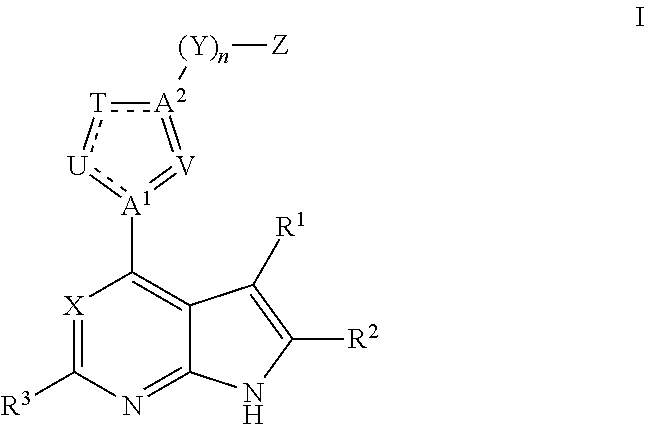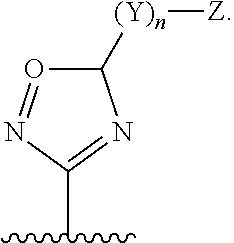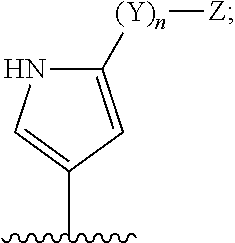Janus kinase inhibitors for treatment of dry eye and other eye related diseases
a technology of janus kinase and kinase inhibitor, which is applied in the field of compositions for the treatment of dry eye and other eye related diseases, can solve the problems of only providing transitory relief of symptoms, and achieve the effects of preventing cd40-triggered dendritic cell maturation, potent allogeneic stimulatory capacity, and reducing side effects
- Summary
- Abstract
- Description
- Claims
- Application Information
AI Technical Summary
Benefits of technology
Problems solved by technology
Method used
Image
Examples
example a
Animal Models for the Treatment of Dry Eye, Uveitis, and Conjunctivitis
[2960]Agents may be evaluated in one or more preclinical models of dry eye known to those schooled in the art including, but not limited to, the rabbit concanavalin A (ConA) lacrimal gland model, the scopolamine mouse model (subcutaneous or transdermal), the Botulinumn mouse lacrimal gland model, or any of a number of spontaneous rodent auto-immune models that result in ocular gland dysfunction (e.g. NOD-SCID, MRL / lpr, or NZB / NZW) (Barabino et al., Experimental Eye Research 2004, 79, 613-621 and Schrader et al., Developmental Opthaltnology, Karger 2008, 41, 298-312, each of which is incorporated herein by reference in its entirety). Endpoints in these models may include histopathology of the ocular glands and eye (cornea, etc.) and possibly the classic Schirmer test or modified versions thereof (Barabino et al.) which measure tear production. Activity may be assessed by dosing via multiple routes of administratio...
example b
[2963]Compounds herein are tested for inhibitory activity of JAK targets according to the following in vitro assay described in Park et al., Analytical Biochemistry 1999, 269, 94-104. The catalytic domains of human JAK1 (a.a. 837-1142), Jak2 (a.a. 828-1132) and Jak3 (a.a. 781-1124) with an N-terminal His tag are expressed using baculovirus in insect cells and purified. The catalytic activity of JAK1, JAK2 or JAK3 is assayed by measuring the phosphorylation of a biotinylated peptide. The phosphorylated peptide is detected by homogenous time resolved fluorescence (HTRF). IC50s of compounds is measured for each kinase in the reactions that contain the enzyme, ATP and 500 nM peptide in 50 mM Tris (pH 7.8) buffer with 100 mM NaCl, 5 mM DTT, and 0.1 mg / mL (0.01%) BSA. The ATP concentration in the reactions is 90 μM for Jak1, 30 μM for Jak2 and 3 μM for Jak3. Reactions are carried out at room temperature for 1 hr and then stopped with 20 μL 45 mM EDTA, 300 nM SA-AP...
PUM
| Property | Measurement | Unit |
|---|---|---|
| viscosity | aaaaa | aaaaa |
| concentration | aaaaa | aaaaa |
| concentration | aaaaa | aaaaa |
Abstract
Description
Claims
Application Information
 Login to View More
Login to View More - R&D
- Intellectual Property
- Life Sciences
- Materials
- Tech Scout
- Unparalleled Data Quality
- Higher Quality Content
- 60% Fewer Hallucinations
Browse by: Latest US Patents, China's latest patents, Technical Efficacy Thesaurus, Application Domain, Technology Topic, Popular Technical Reports.
© 2025 PatSnap. All rights reserved.Legal|Privacy policy|Modern Slavery Act Transparency Statement|Sitemap|About US| Contact US: help@patsnap.com



